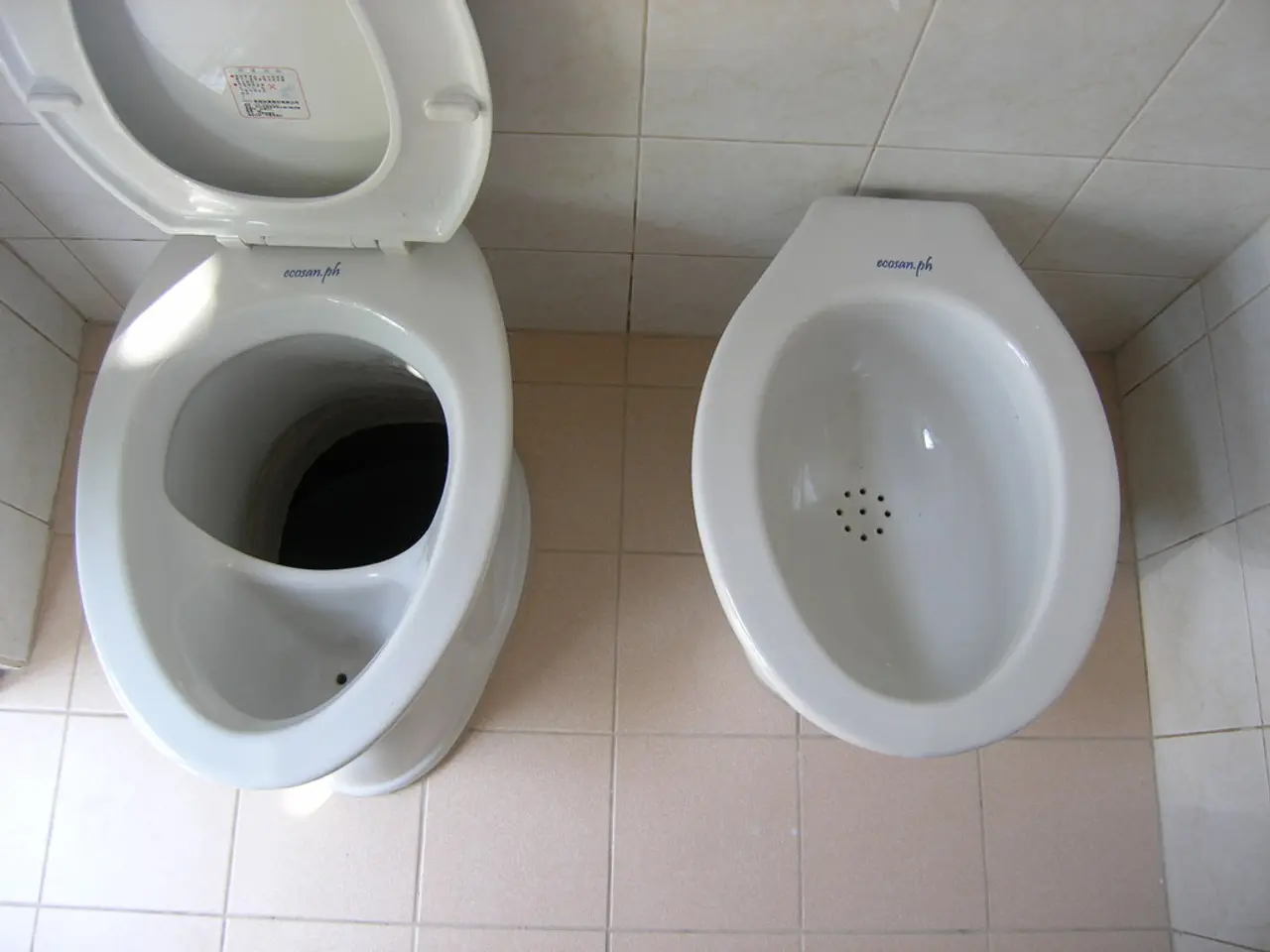Public transport stations' bathroom facilities
Public transport stations are essential hubs for commuters, but their restroom facilities often fall short of meeting user expectations. Challenges such as hygiene and cleanliness issues, lack of accessibility for people with disabilities, insufficient facilities for caregivers and young children, and limited user feedback mechanisms have been identified 1.
Addressing these interconnected issues is crucial in enhancing the overall passenger experience and promoting public health. Solutions involve raising hygiene standards, ensuring ADA-compliant accessibility features, designing child- and caregiver-friendly restrooms, and implementing digital feedback systems 2.
Hygiene and Cleanliness
Only about 1 in 5 public restrooms meet hygiene and cleanliness expectations [1]. Poor restroom conditions lead to negative user perceptions and discomfort, contributing to lost business and dissatisfaction among employees and passengers. To combat this, practical solutions like easy-to-refill high-capacity dispensers and training for cleaners can improve cleanliness and user satisfaction [1].
Accessibility
Many transit stations still lack full compliance with accessibility laws such as the Americans with Disabilities Act (ADA). Challenges include absence of elevators or ramps, insufficient tactile and auditory signage, inaccessible restroom designs, and limited availability of restrooms in many station buildings [2]. Retrofitting and designing stations to fully comply with ADA standards can help address these issues [2].
Caregiver and Child Needs
Public transport often ignores the specific needs of caregivers, such as space for strollers, changing tables, and safe, child-friendly restroom environments. Insufficient restroom availability exacerbates difficulties during delays or long waits, which affect caregivers, seniors, and people with disabilities alike [5]. Including child-changing tables, hooks or lockers for personal items, and roomier restroom layouts can help promote health and comfort for caregivers and children [4][5].
User Feedback and Maintenance
Traditional systems for reporting restroom issues are often ineffective, and restroom hygiene problems like clogged toilets, foul odors, and missing supplies are common turn-offs for users [3]. Implementing QR code–based restroom feedback systems can allow users to instantly report cleanliness or supply issues via smartphones, speeding up maintenance response times and providing real-time insights for better hygiene management [3].
Incorporating technology into restroom facilities at public transport stations has significantly enhanced user experiences. Integrating smart technologies, such as automated sensor-operated faucets and flushing systems, minimizes touchpoints, promoting hygiene and reducing water wastage [4].
Advocacy efforts emphasize the need for ongoing dialogue between passengers, operators, and decision-makers to gather feedback and implement user-centric solutions. Sustainability Efforts in Restroom Facilities, such as using eco-friendly materials and incorporating renewable energy sources, play a vital role in reducing environmental impact [6].
The future of restroom design in public transport stations is marked by a blend of technology, sustainability, and inclusivity. By addressing the disparities in restroom standards, we can improve the overall passenger experience and promote public health [7].
- To enhance the overall passenger experience and promote public health, it's essential to address hygiene and cleanliness issues, ensure ADA-compliant accessibility features, design child- and caregiver-friendly restrooms, and implement digital feedback systems.
- Many public transport stations still lack full compliance with accessibility laws such as the Americans with Disabilities Act (ADA), an issue that can be addressed by retrofitting and designing stations to fully comply with ADA standards.
- Insufficient restroom availability and inadequate facilities for caregivers and young children exacerbate difficulties during delays or long waits, affecting passengers like caregivers, seniors, and people with disabilities.
- Including child-changing tables, hooks or lockers for personal items, and roomier restroom layouts can help promote health and comfort for caregivers and children.
- Implementing QR code–based restroom feedback systems can allow users to instantly report cleanliness or supply issues via smartphones, speeding up maintenance response times and providing real-time insights for better hygiene management.
- Sustainability Efforts in Restroom Facilities, such as using eco-friendly materials and incorporating renewable energy sources, play a vital role in reducing environmental impact.
- The future of restroom design in public transport stations is marked by a blend of technology, sustainability, and inclusivity, focusing on improving the overall passenger experience and promoting public health.




